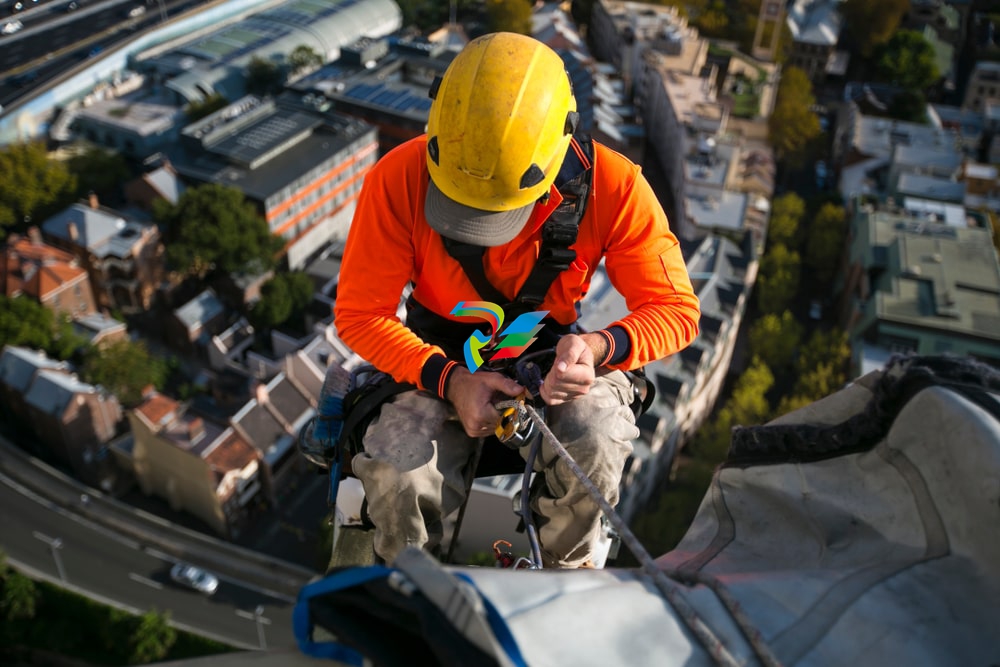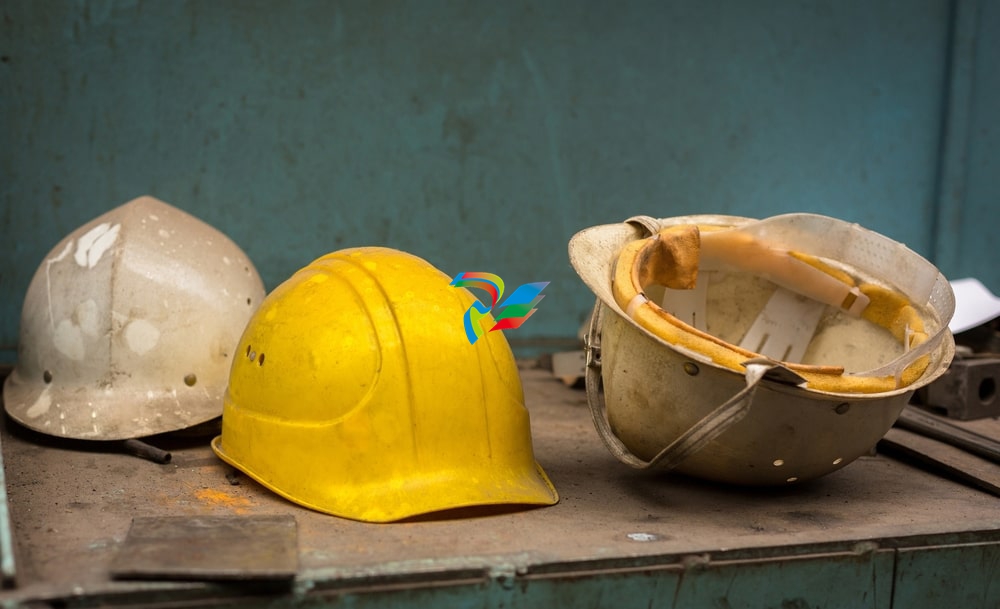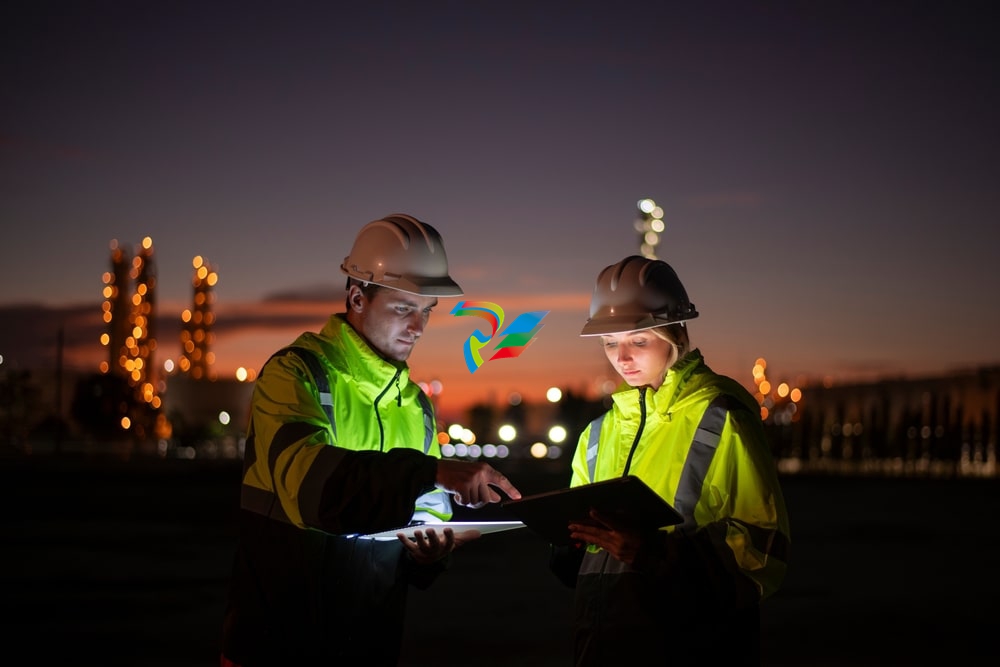
The Evolution of the Hard Hat
scallop shells. Apparently, it’s 33% stronger than regular helmets, and generates 36% fewer greenhouse gases.
Other recent advances in the hard hat sector include the addition of augmented reality (AR) and enhanced communication features that provide real-time data overlays to improve safety and efficiency on job sites. For example, Milwaukee Tool and construction firm Boldt have created a line of helmets that can stay on all day, and allow for on-the-head adjustments when workers are switching tasks so that they don’t need to remove it. It also comes with a chin strap to ensure it stays in place, even in the unfortunate event of a fall.
Although aesthetics aren’t a priority when it comes to safety wear, a Portland-based startup, Studson, created a line of hard hats that are not only a little more stylish than your regular safety helmet, but also provide more ventilation, keeping workers cool in hot weather.
Hard Hat Safety Standards

In 1959, the American National Standards Institute (ANSI) published the first comprehensive standard for industrial helmets, ANSI Z89.1. This set the requirements for the impact resistance and durability of hard hats. The Occupational Safety and Health Administration (OSHA) later included the use of hard hats in its regulations. OSHA mandates that hard hats meeting ANSI Z89.1 standards be worn in areas where there is a risk of head injury from falling objects, electrical hazards, or other impacts. The standards also necessitate hard hats to be tested for impact resistance, penetration resistance, and electrical insulation.
In later revisions, ANSI introduced classifications for hard hats based on their ability to protect against electrical hazards. These include Class G (general use), Class E (electrical use), and Class C (conductive, without electrical protection). Testing procedures have become more rigorous over time, too, incorporating tests for temperature resilience and aging effects. Modern standards also stress the importance of improved design features, such as adjustable suspensions, ventilation, and lighter construction, so that workers are less likely to avoid compliance.
Why Wear Hard Hats

Hard hats should be worn on construction sites and other industrial jobs for the obvious reasons: to prevent head injuries—which could lead to death—from falling objects or equipment, bumping into fixed objects, and from falls, slips, or trips. They can also protect workers against electrical shock. In the U.S., one of the biggest causes of death and disability is TBI (traumatic brain injury), which accounts for around 30% of all injury-related deaths. To put the importance of hard hats on the job into perspective, consider some recent statistics:
Of the 5,486 fatal work injuries recorded in the U.S. in 2022, approximately 1,000 were due to head injuries.
Only 16% of those with head injuries were wearing hard hats.
Construction and extraction workers had the second most reported fatalities, half of which were due to falls/slips.
From 2021–2022, there were almost 196,000 head injuries to workers (684 fatal), and less than half of them were wearing head protection.
A mild head injury could cost a company over $100k, and moderate injuries around $941,000. More severe cases can cost $3 million or more.
While workers have much more to lose by not wearing head protection, it’s safe to say that mandatory hard hat use is in the best interests of workers and companies alike.
Hard Hats: The Ultimate Personal Protective Equipment

Hard hats have come a long way from the early steamed canvas and glue designs; nowadays, these important head protectors are much stronger, more durable, and come with lots of features that make them comfortable to wear while ensuring maximum protection. Over the last century, these hats have adapted to new materials, changing safety standards, and modern-day needs. Most importantly, however, they have prevented numerous injuries and saved countless lives.



.jpg)
















































.jpg)
.jpg)





.jpg)



.png)
.jpg)

.jpg)
_lVjBYb.jpg)

.jpg)
.jpg)



.jpg)
.jpg)







.jpg)

.jpg)
.jpg)











.jpg)




.jpg)
.jpg)
.jpg)
.jpg)
.jpg)
.jpg)

.jpg)

.jpg)
.jpg)
.jpg)








